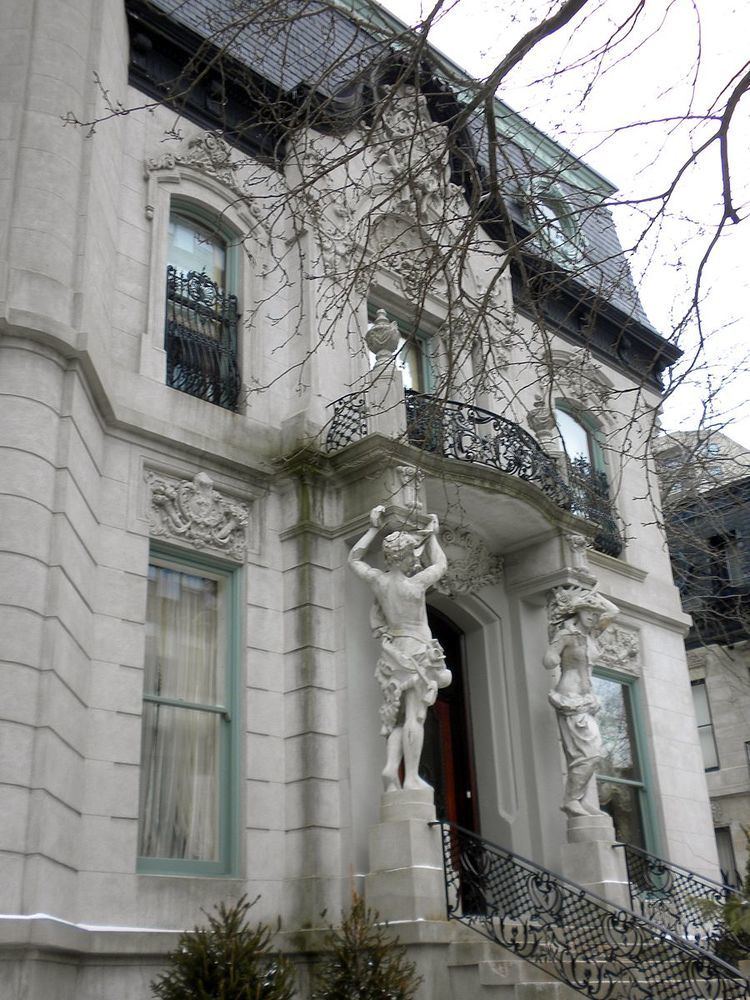 | ||
Greystones are a style of residential building most commonly found in Chicago, Illinois. As the name suggests, the buildings are typically grey in color and were most often built with Bedford Limestone quarried from South Central Indiana.
Contents
The building style first began to appear in the 1890s and continued through 1930s with two major approaches in design. The first style, between 1890 and 1905, was Romanesque in nature with arches and cornices. The second style was predominately built in a Neo-classical design incorporating smoother limestone blocks featuring columns and bay windows. Most of the homes were initially built in the North Lawndale neighborhood but they can still be found throughout many neighborhoods of Chicago.
Greystones were built in a wide variety of sizes to accommodate different residential needs with most being two to three floors in size, many commonly containing two to three flats but some up to six. Regardless of their size, they were always built with the limestone facade facing the street to take advantage of the limited size of standard Chicago lots 25 by 125 feet (7.6 m × 38.1 m). There are an estimated 30,000 greystones still remaining in the city and many citizens, architects and preservationists are working to revive those that remain through the Historic Chicago Greystone Initiative.
The term "greystone" is also used to refer to buildings in Montreal, Quebec, Canada (known in French as pierre grise). It refers to the grey limestone facades of many buildings, both residential and institutional, constructed between 1730 and 1920.
Styles
There are many different styles of greystones; with the City of Chicago defining most attributes for the style for landmark status.
